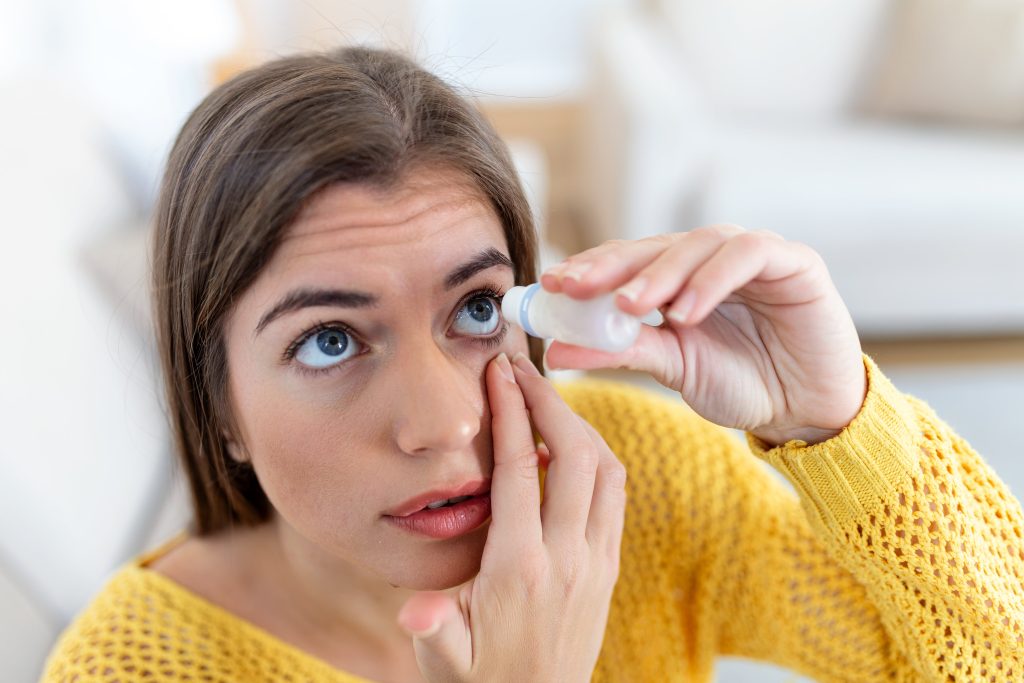
טיפות דמעות – מה זה ולמה משתמשים בהן?
טיפות דמעות הן תמיסות רפואיות או קוסמטיות שמטרתן להקל על
Scleral lenses are large diameter gas permeable lenses that rest on the sclera, the white part of the eye, and over the cornea. They are specially designed to treat a variety of eye conditions, and often provide relief and improved vision when other types of lenses are ineffective.

Unlike standard contact lenses, scleral lenses work by creating a fluid-filled reservoir between the back surface of the lens and the cornea. This layer of fluid helps smooth out irregularities on the surface of the cornea, leading to improved vision.
Furthermore, this design helps to keep the cornea moist, which is especially useful in the treatment of ocular surface diseases such as dry eye syndrome or Sjögren's syndrome. By maintaining a constant layer of fluid, scleral lenses can help relieve dryness and discomfort associated with these conditions.
Scleral lenses can be classified into three main categories based on their size and where they rest on the sclera:
Placing scleral lenses includes several specific steps:
Scleral lenses require careful care to maintain hygiene and prevent infections.
Here are some guidelines:
The cost of scleral lenses can vary widely, depending on the complexity of the fit and the specific condition they treat. They can range from NIS 1000-2000 per lens or more. Although this may seem expensive compared to standard contact lenses, the cost can be justified by their effectiveness, especially when other treatment options have failed.
For patients with irregular corneas or severe dry eye disease , scleral lenses can dramatically improve vision and comfort, leading to a better quality of life. They may also reduce the need for more invasive or expensive treatments, making them a cost-effective option in the long run.
A crucial aspect of fitting scleral lenses, or any contact lenses, is ensuring they are clean to avoid potential eye infections. Here are some more recommendations:
In conclusion, scleral lenses are a powerful tool in the management of various eye conditions, providing improved vision and comfort. However, it is important to remember that their successful use requires careful handling, thorough cleaning and regular eye examinations. With proper care and maintenance, these lenses can significantly improve the quality of life for those with complex eye conditions.
Credit: Dr. Itamar Arbel
Website: www.drarbel.co.il

טיפות דמעות הן תמיסות רפואיות או קוסמטיות שמטרתן להקל על

ויטמין C הוא אחד הוויטמינים החיוניים ביותר לבריאות העיניים, הודות

מרכז מומחים לאבחון וטיפול מתקדם בתסמונת העין היבשה ומחלות פני שטח העין















